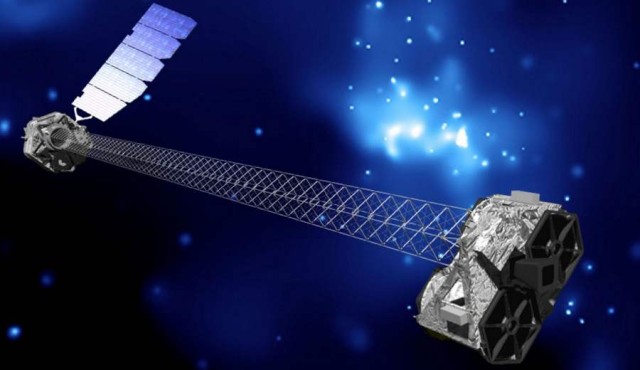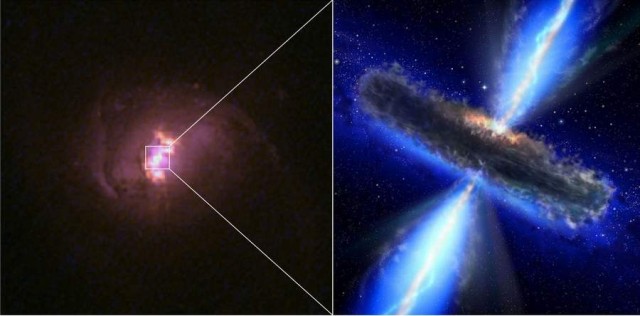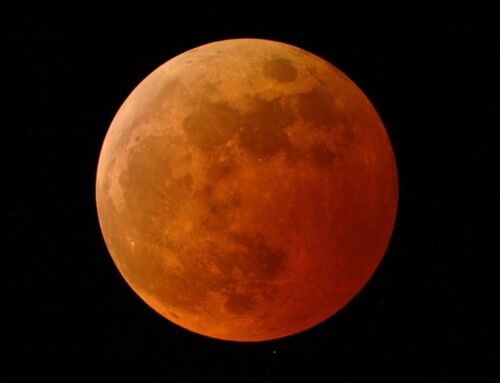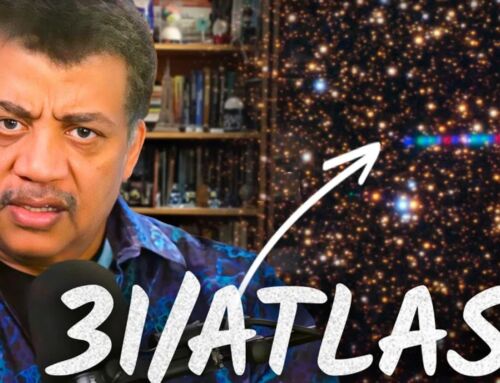NuSTAR reveals hidden Black Holes, which makes astronomers believe there might be millions of them in the Universe.
A montage of images showing a color image of one of the galaxies targeted by NuSTAR (left) and artist’s concept of a hidden black hole. Credits: Left: Hubble Legacy Archive, NASA, ESA. Right: NASA/ESA
 An artist’s concept of NuSTAR, Credit: NASA/JPL-Caltech.
An artist’s concept of NuSTAR, Credit: NASA/JPL-Caltech.
British astronomers discovered five supermassive black holes, previously hidden by dust and gas. Such observations were not possible before NuSTAR (Nuclear Spectroscopic Telescope Array).
The findings by British astronomers from Durham University have been presented at the Royal Astronomical Society’s National Astronomy Meeting, at Venue Cymru, in Llandudno, Wales.
Supermassive black holes are so powerful they could ‘eat up’ a galaxy.
NuSTAR, launched in 2012, is able to detect much higher-energy X-rays than previous satellites.
George Lansbury of Durham University, lead author of the findings accepted for publication in The Astrophysical Journal, said:
“Thanks to NuSTAR, for the first time, we have been able to clearly identify these hidden monsters that are predicted to be there, but have previously been elusive because of their surrounding cocoons of material.
Although we have only detected five of these hidden supermassive black holes, when we extrapolate our results across the whole universe, then the predicted numbers are huge and in agreement with what we would expect to see.”
Daniel Stern, the project scientist for NuSTAR at NASA’s Jet Propulsion Laboratory in Pasadena, California, added:
“High-energy X-rays are more penetrating than low-energy X-rays, so we can see deeper into the gas burying the black holes. NuSTAR allows us to see how big the hidden monsters are, and is helping us learn why only some black holes appear obscured.”
source NASA






Leave A Comment